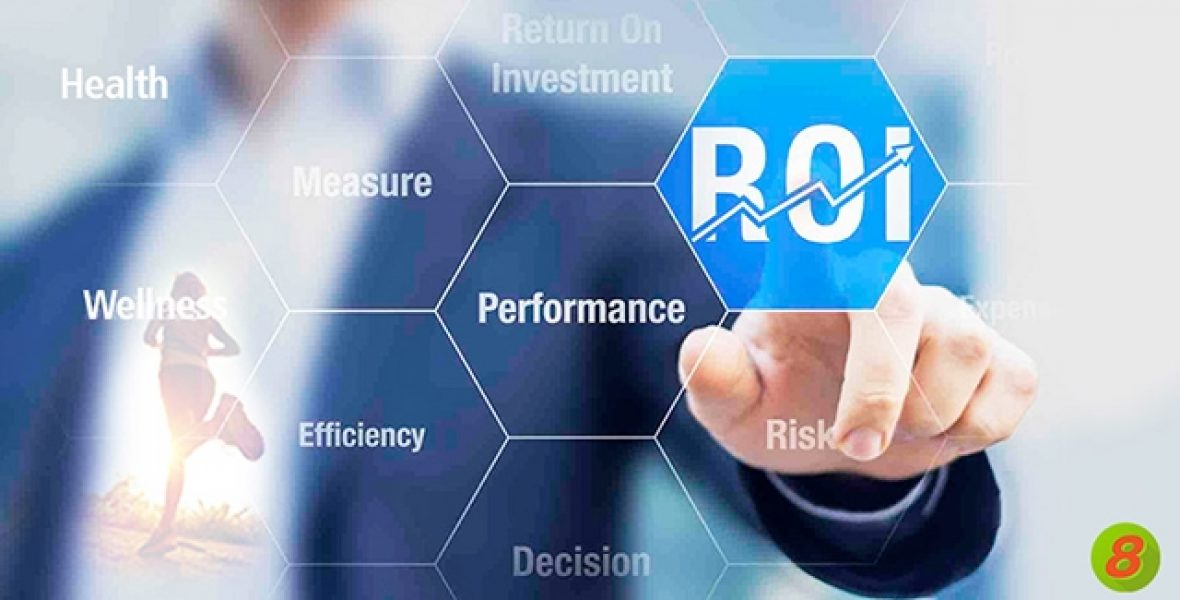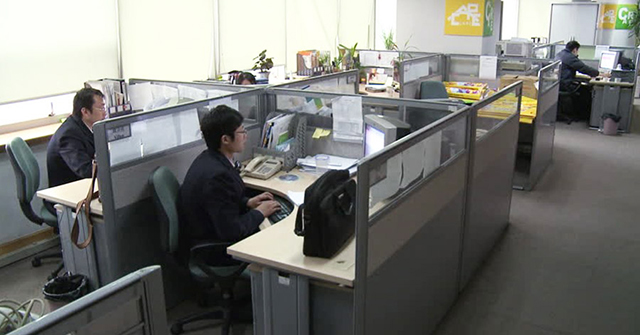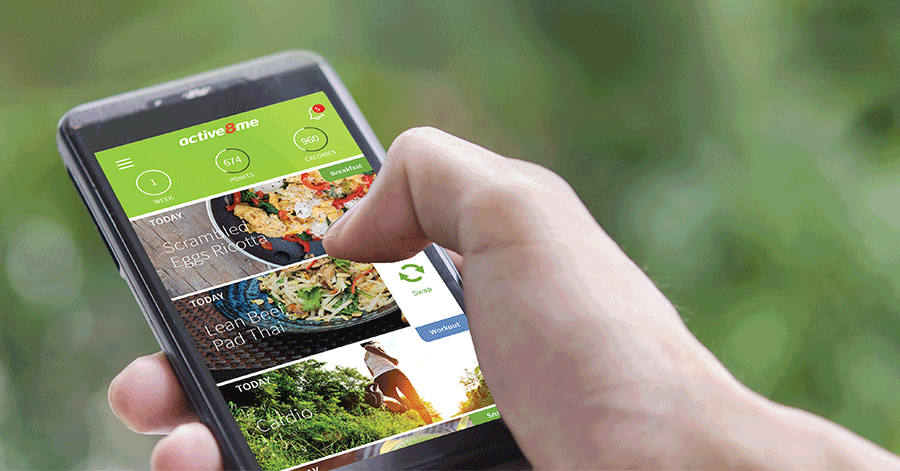With an ageing population and a dramatically increased prevalence of lifestyle diseases, such as diabetes and heart disease, it is surprising that the private sector isn’t more ‘concerned’ with the health and wellness of their number one asset – their employees. It shouldn’t be hard for corporates to buy into much stronger corporate health and wellness policies. After all, much has been said and written about how workplace health and wellness reaps benefits for organisations; healthier, happier employees are more productive, cost less to maintain and stay with their employers longer.
So why are companies still not truly embracing health and wellness and taking real, positive and committed action around their initiatives and policies in this area? As Pekka Puska, President of the International Association of National Public Health Institute, explains “the actions are still weak, considering the magnitude of the problem and the potential for prevention.”
Here are some thoughts on the impediments I see and some suggestions on how corporates can move from talk to action in order to truly embrace workplace health and wellness.
It starts from the top
Let’s get real. Most management folks, right up to C-suite level don’t truly embrace health and wellness or walk the talk either. Many companies drop the ball on their efforts to organise in-premise fitness classes, or nutrition talks,
or digital health and wellness solutions like Active8me, because there is not enough take-up. Employees cite “too much work” or wanting to “go home on time”. That same excuse conveniently works for a busy executive too. Therein lies the roadblock to happier, healthier employees.
In many organisations there is no inherent value or KPI (and hence motivation) attached to health and wellness. I have only ever come across one incredible company that has a specific KPI around health, wellness and safety. Management buy-in, as well as strong and consistent internal marketing messages and communications, are vital to changing this mindset around the importance of health and wellness over time. If it starts from the top then the company culture will change to value health and wellness. Only then will employee engagement and the bottom line positively reflect this.
Keeping up appearances
Compounding the problem is the harsh reality of employees needing to ‘keep up appearances’ within many companies. Staff are judged by how many hours they work, personal contribution and the appearance of how hard they work. This isn’t always aligned with fostering and valuing health and wellness. We’ve all seen the comparison made around productivity between the tired-looking, overweight employee versus the fit, fresh, energetic and more productive employee. Whilst there is certainly truth to this, the day-to-day reality lies in-between.
Realistically, you have the busy employee who ideally wants to be fit and healthy BUT their ‘busy-ness’ and what they are judged on within company confines are often in conflict with this ideal. If companies want to reap the longer-term benefits of engaged, healthy and productive employees then the company culture needs to avoid compounding the problem with a culture of ‘keeping up appearances’. Instead, they need to foster a culture of health and wellness which underpins, supports and contributes to productivity and performance.

Understanding the intangible value of company ‘support’
A review published in the Journal of Applied Psychology found that “ Perceived organisational support is an employee’s impression that their contribution is valued and the organisation they work for cares about their well-being.” Perceived support increases an employee’s commitment to the organisation. Like a compounding asset they have improved job satisfaction, increased loyalty and decreased lateness, absenteeism and turnover. They also become strong advocates for their work environment and, by extension, for the goods or services their company offers, through the oldest, and arguably, strongest marketing tool available – personal referral.
When companies fully appreciate that there is both the very real-threat of bottom line costs stemming from health and lifestyle diseases, plus the benefits growing from an employee that feels ‘supported’, then they better understand the maximal ROI that comes from implementing health and wellness programs. This understanding will then naturally lead to more fully embracing the benefits of workplace health and wellness.
It’s about more than insurance
At a time when medical and insurance costs are rising, many companies see their corporate health and wellness policy as a mechanism to reduce company insurance costs. Of course, this is sensible and smart business. However, as already stated, the value of health and wellness programs has a much larger and deeper impact than this. This is about a company investing in their most important asset – their human capital, their people. This is about retention and engagement; improving productivity and reducing absenteeism; competitive positioning for talent; prevention rather than cure. If human capital and talent is important to the growth of an organisation then employers should be proactively embracing health and wellness initiatives. It simply makes good business sense.
It makes bottom line sense
Physical and mental health among employees doesn’t generally rate a mention on the balance sheet. Yet, it plays a key role in productivity, absenteeism, commitment and performance – all vital statistics for any corporate. The simple truth is, unhealthy employees cost both themselves and the company money. It stands to reason that employers-of-choice in a competitive landscape (companies such as Google, Facebook, Danone and Unilever) are those who ardently embrace and value health and wellness initiatives. They understand that it makes bottom line sense. Even if there isn’t a specific line in the financial accounts that they can point to.
The essential 3-part strategy to maximise a corporate wellness program
1.Know your WHY for a health and wellness program
What exactly does your company want to achieve with a health and wellness program for your employees? As mentioned, the benefits of offering health and wellness programs are many. Both company and employee can reap big rewards in improvement of productivity and absenteeism, which bolsters the bottom line. Understanding why you are doing what you are doing is foundational to be purpose driven in your health and wellness initiatives.
I have seen the effectiveness of health and wellness programs first hand, which in part, led to the founding of Active8me. I believe many people take their health for granted. In today’s busy and stressful world, often our health and wellness gets left at the door. We hope we stay healthy, but we forget that our health isn’t negotiable and that you can’t buy it. Getting fit and healthy doesn’t just happen. We need to invest in it and I believe that when we do, it is worth it.
2. Give your employees the choice within a health and wellness program
It would seem pointless offering health and wellness programs to staff who won’t use it, or at least can’t associate its value. Education and leading by example are important. But it needs to be focused information, targeted to the needs of your employees to be most effective. Ask your staff directly what they want to see in a health and wellness program. Perhaps some struggle with unhealthy diets, or want exercise solutions without needing to join a gym, or don’t know where to start and lack support to live a healthy lifestyle. Maybe they want to achieve a physical goal like finishing a 10km run. Or perhaps they want to achieve personal health goals.
Offering a choice of options for health and wellness programs will give your employees the power to decide what works best for them. You can offer incentive programs to set goals and meet them; link wellness programs to bonuses; utilise free kick starter programs and subsidise the full program based on participation or completion; supplement with localised initiatives like talks or company sports teams; The list goes on.
3. Measure and review success of your health and wellness program
Be prepared to measure the impact of your health and wellness program as time goes on. Review how effectively it is meeting the needs of both your employees and the corporation. It is important to set a reasonable timeline and be realistic about change, especially given the time it takes to modify habits. For many HR personnel, measuring efficacy seems subjective and difficult. However, it doesn’t have to be that way. Staff surveys can measure engagement. Time of service can measure loyalty. Sick leave can measure absenteeism. Analytics from health and wellness solutions can measure both the engagement and results from the program offered.

The Active8me Solution
Active8me is a mobile, digital platform that makes it simple and easy for people (such as your employees) to live healthy active lives. Much more than just tracking. More than just a steps challenge. More than simply exercise. A total solution across exercise, nutrition and mindset. Like a personal trainer, dietician and life coach in an employee’s pocket that they can use anytime, anywhere.
We solve many of the issues that employees face in getting fitter and healthier:
- Easy to use, even for the less tech savvy – a simple, convenient all-in-one solution across the main areas of health and wellness
- Cost effective – there is no need for a gym membership to participate in our programs
- Customised programs for all levels – with multiple programs to suit your goals (eg Lose Weight, Running, Toned) and for any level of experience, from beginners to the more advanced
- Completely mobile – you can use it no matter where you are, whether that’s travelling, at a client site, out of the office, at home or at the office
- Caters specifically to a busy lifestyle –Active8me can be accessed and used anytime so it fits in with your schedule
- Easy and quick healthy Asian and Western meal plans – no need to waste time figuring out what to eat or calculating calories, it’s done for you!
- Expert information, guidance and support – built by real experts for your success (Olympians, dieticians, personal trainers, doctors etc)
For further information on how we work with corporates please see our website and feel free to contact us at support@active8me.com.
















